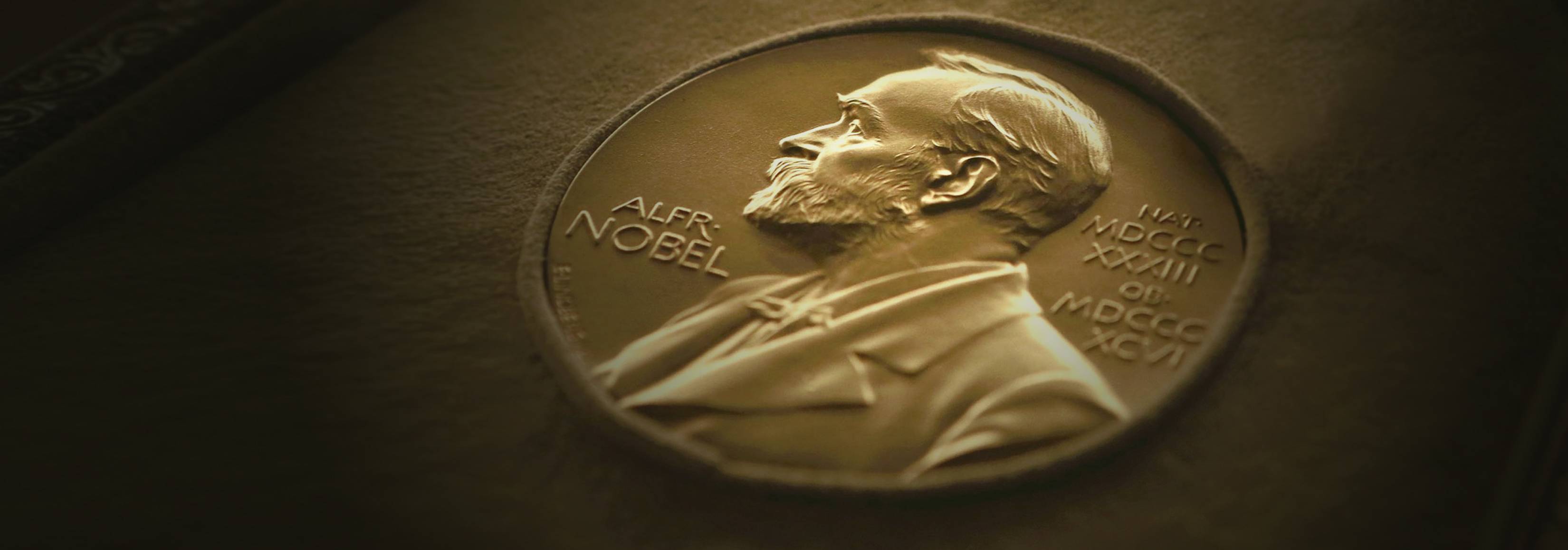For centuries, unanswered questions about the basic functions and pathologies of blood provided such a daunting obstacle for doctors and patients that in the 17th century, the still-dangerous practice of blood transfusions — used since at least the Middle Ages — was banned in large parts of Western Europe. The first fundamental discovery in the history of serology didn’t come until 1901, when Karl Landsteiner’s identification of blood groups spurred a flurry of additional research and discovery and eventually led to his receiving the 1930 Nobel Prize in Physiology or Medicine.
Though his prime motivation was human health, Dr. Landsteiner had a passion for basic research, and it is one of his greatest contributions that he brought his extensive knowledge of chemistry to the fields of serology and immunology. In 1900, while working as a forensic anatomist at the University of Vienna, he made his first observations about agglutination, the clumping of blood cells that can result in the release of lethal toxins in a patient’s blood stream, at the time a common problem with transfusions.
In those initial findings — which served as a mere footnote in a paper about another topic — Dr. Landsteiner described different clumping characteristics he had observed through repeated trials combining the blood serum of one human with the blood cells of another. In some cases, he reported, the mixed blood formed large clumps of red blood cells; in other cases there were small clumps. Dr. Landsteiner then went against the common grain of thought that equated blood incompatibility with pathology by suggesting that one person’s blood might simply be different than another’s.
Dr. Landsteiner’s interest in immunology ultimately led him to the root cause of that difference: antigens. In a paper printed the following year, he identified three different antigens in human blood and showed that incompatibilities between one person’s blood and another’s arise from, essentially, an allergic reaction. He later classified the blood groups A, B and C (later renamed “O”) when he was able to show that the allergic reaction — agglutination — does not occur when blood samples of the same type are mixed, only when different types are mixed.
This discovery — the key to successful transfusion — resounded across the scientific community, and the next several years brought further enlightenment. In 1902, two of Dr. Landsteiner’s colleagues, Alfred von Decastello and Adriano Sturli, discovered the fourth blood group, AB, further elucidating the differences in compatibility among blood types.
In 1907 Reuben Ottenberg of Mount Sinai Hospital in New York performed the first successful transfusions. In 1910 Emil Freiherr von Dungern and Ludwig Hirschfeld, of the University of Zurich, put forth the first hypothesis for the Mendelian inheritance of blood groups, leading to the use of the ABO system in legal cases involving questions of paternity. In 1913, Richard Lewisohn of Mount Sinai Hospital discovered that adding citrates to blood prevents coagulation, giving it a shelf-life of two-to-three weeks under refrigeration. World War One put all of this work to the test, as transfusions were first performed on a large scale. Surgeries on internal organs, previously infeasible because of the blood loss involved, also became practicable, and the operations saved countless lives.
Much of Dr. Landsteiner’s subsequent work on blood groups was performed at The Rockefeller Institute for Medical Research, where he moved in 1922 and from which he retired in 1939. Dr. Landsteiner continued to work even in retirement, and he and others in the field turned up additional antigens in individuals not classifiable by the ABO system. Today we understand that while there are more than 200 minor blood groups, they occur relatively rarely. The ABO system is still, 100 years later, the primary instrument for determining blood compatibility.
CAREER
Dr. Landsteiner was born in Vienna in 1868. Following his medical degree from the University of Vienna in 1891, he continued his studies in biochemistry at the Universities of Zurich, Wurzburg and Munich. Returning to Vienna, he became a research assistant to Max von Gruber at Vienna’s Hygiene Institute in 1896. From 1898 to 1908, he was an assistant in the department of pathological anatomy at the University of Vienna. From 1908 to 1919 he was prosector at the Wilhelmina Hospital, and in 1911 he also became professor of pathological anatomy at the University of Vienna. With the difficulties faced by researchers in Austria following World War I, Dr. Landsteiner moved to The Hague, where he served as prosector in a small Roman Catholic Hospital until 1922, when he accepted a post at The Rockefeller Institute. He retired in 1939 but continued his research, and in 1943 died in his laboratory. In addition to the Nobel Prize, Dr. Landsteiner received the 1946 Albert Lasker Clinical Medical Research Award.
